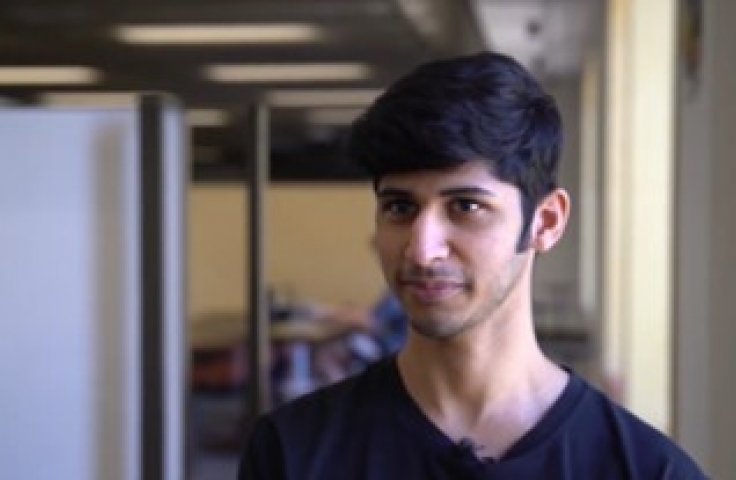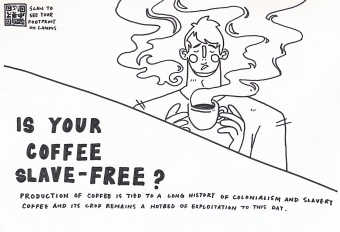Modern slavery describes situations where offenders use coercion, threats or deception to exploit victims and undermine or deprive them of their freedom. Modern slavery is not the same thing as substandard or dangerous working conditions, or underpayment of workers, though the existence of such conditions in an organisation may also be an indicator of modern slavery. Under the Commonwealth Criminal Code it is an offence to engage in slavery or slavery like practices, and to exploit others through conduct such as human trafficking; debt bondage; forced labour; deceptive recruiting for labour or services; the sale of children; and forced marriage.
In 2018 the Australian Government passed the Modern Slavery Act 2018 (Cth), which requires ‘entities based, or operating, in Australia, which have an annual consolidated revenue of more than $100 million, to report annually on the risks of modern slavery in their operations and supply chains, and actions to address those risks’. As UNSW falls within this scope, the University is required to report annually on the steps which it takes to identify, and address, the risks of modern slavery in its operations and supply chains.
As part of its response to obligations under the Act, and as an expression of its commitment to human rights and the creation of a just and equal society, the University has published its Modern Slavery Prevention Policy. The policy provides guidelines on how members of the University need to meet our obligations in collaboration with suppliers and other organisations. Included in the policy statement is the commitment to ‘promote awareness of modern slavery through training and the availability of materials to build understanding and provide practical tools to enable University staff and affiliates to identify modern slavery risks so that the University can respond appropriately to those risks’ (Section 2.4).








